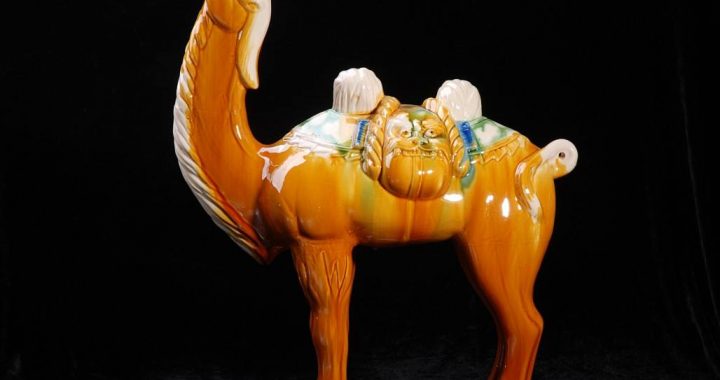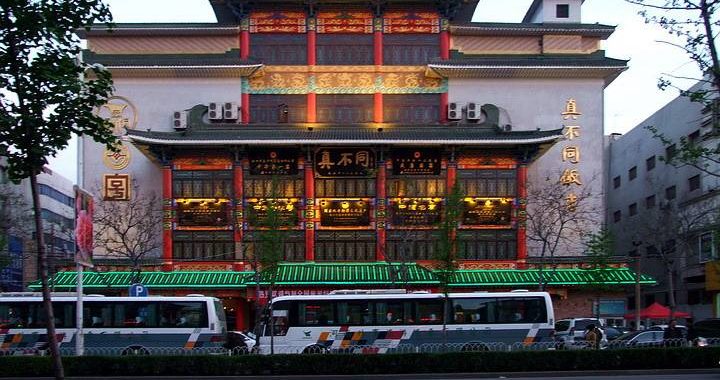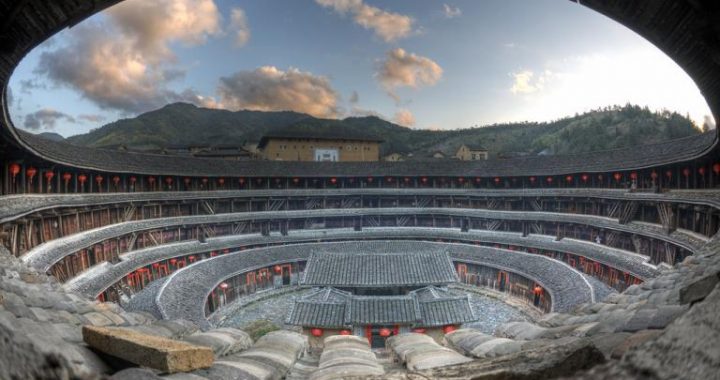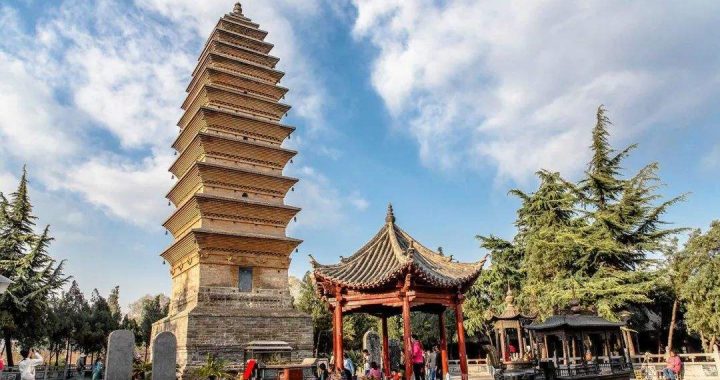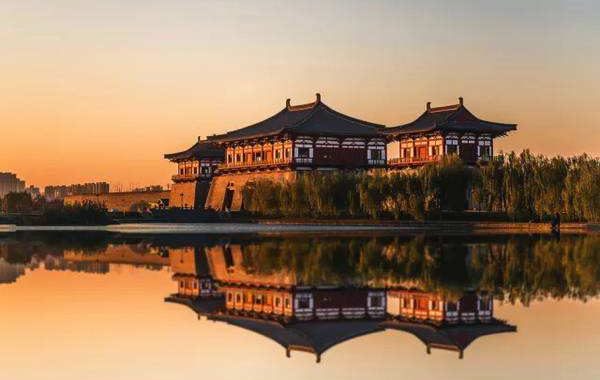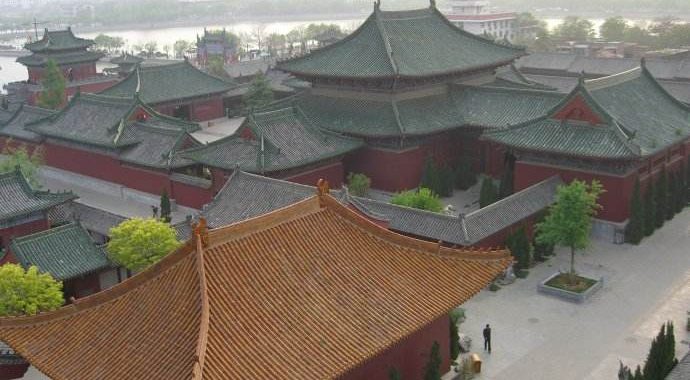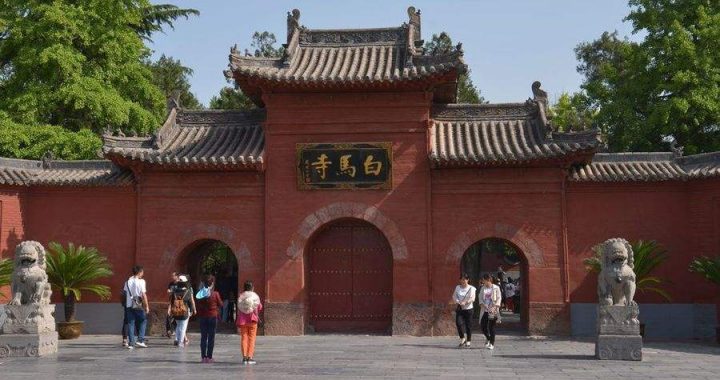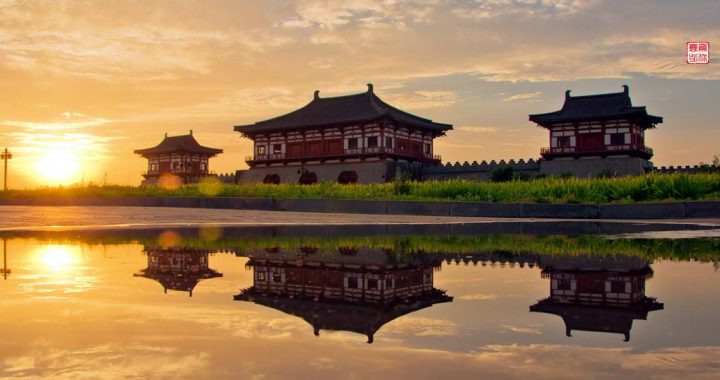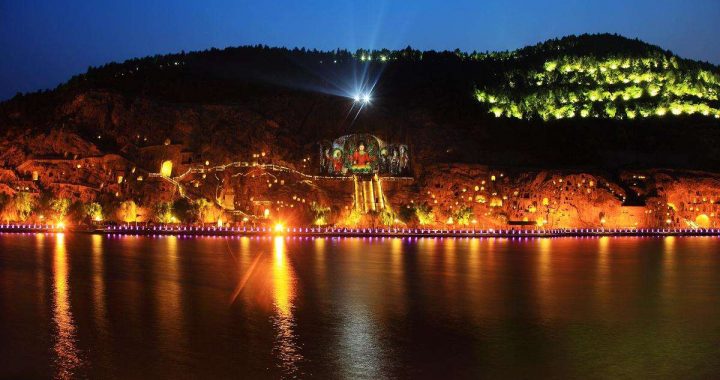Luoyang Cultural Heritage
4 min readLuoyang, playing an important role in the development of Chinese nation, is not only a witness of history but also a cultural incubator.
In the Spring and Autumn period, Laozi, the founder of Taoism, was in Luoyang, managing books for the Eastern Zhou dynasty. Luoyang subsequently became the place of origin of Taoism. Meanwhile, another great thinker Confucius traveled a long distance from the state of Lu to Luoyang to study the rites and music of the Western Zhou, which is original and authentic. What’s more, Luoyang was home to Su Qin,a famous political strategist in the Warring State period and to Jia Yi,a well-known figure in the literati of the Han dynasty. At present, there is a Memorial Hall dedicated to Jia Yi in Dongguan of Luoyang.
Portrait of Laozi, the founder of Taoism
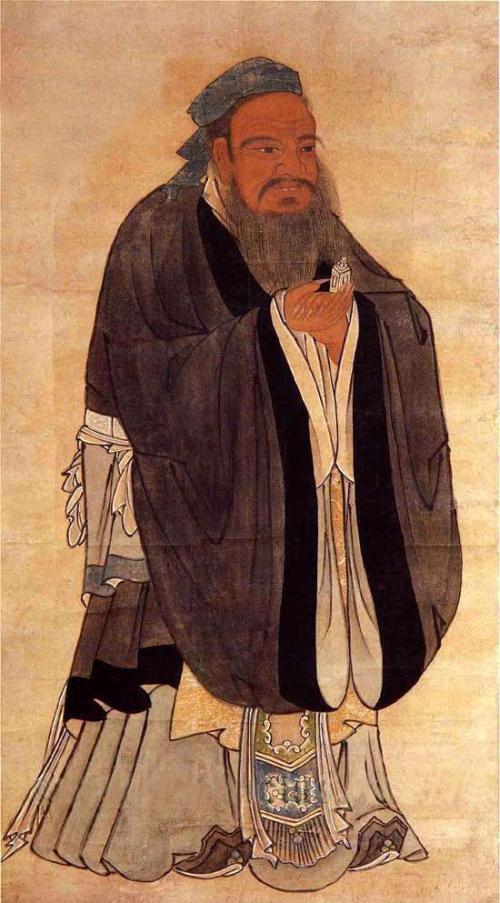
In Eastern Han,a library was set up in Luoyang. It stored more than 7,000 books, making it the biggest one then in China. An Imperial College called Taixue which was the best educational institution in the feudal society was also founded and the students who attended the College reached 30 thousand at its heyday. Outside the Imperial College, there were stone tablets carved with an inscription of Five Classics inscribed by the famous calligrapher Cai Yong.
Luoyang may well be called an intellectual cradle. It is in this place that Ban Gu(32-92),a famous historian and master in literature in ancient China, wrote History of Han Dynasty, the first monograph on dynastic history; it is in this placethat the great thinker Wang Chong (27-97) wrote Lin Heng or Critical Essays,a book containing many theories involving early sciences of astronomy and meteorology; it is in that place that the famous scientist Zhang Heng (78-139) invented the armillary sphere and seismograph; it is also in this place that the famous mechanical engineer Ma Jun (200-265) who lived in the Three Kingdoms era improvedthe efficiency of the silk loom by five folds, invented the famous South Pointing Chariot,a directional compass vehicle, as well as many others.
The seismograph invented by Zhang Heng
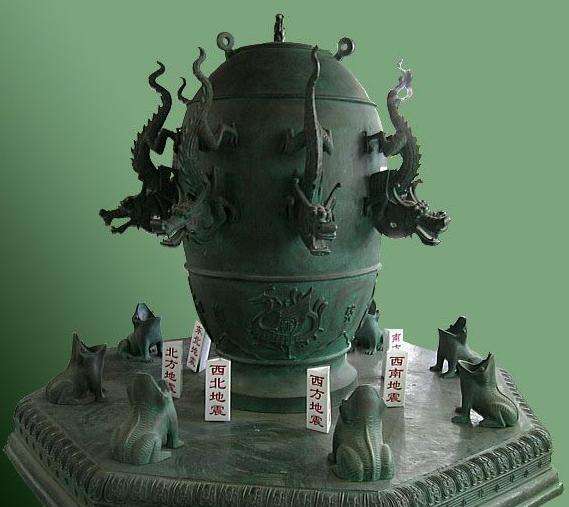
In Wei and Jin dynasties, there was an unprecedented boom in the literary world. Numerous litterateurs set their foot on Luoyang, including “Seven Masters of the Jian’ an Period”,”Seven Virtuous Men of the Bamboo Grove”and “Twenty-four Friendsof the Jingu Garden”. They either wrote or chant poems, leaving behind them a greatdeal of literary works. In Western Jin,a famous writer named Zuo Si wrote A Poetic Prose Dedicated to Three Capitals. It was so highly spoken of that soon after it waswritten it became well-known across Luoyang and men from nobly families all began to make private copies, resulting in a rise of paper price. Thus,a new saying “Paper in Luoyang is expensive”was coined to describe a quick and wide circulation of some works. Luoyang hosted many other celebrities, among whom are Chen Shou (233-297) and Li Daoyuan (233-297). Chen Shou was the author of Records of Three Kingdoms which isdeemed a historic monograph as great as Historical Records and History of Later Han Dynasty. And Li Daoyuan finished the famous The Commentary on Waterways Classics. In this period, Buddhism had been introduced to China. As a center for spreading Buddhism, Luoyang boasted a host of majestic and exquisite Buddhist temples. Among all the temples which totaled 1,367 at the prime time, Yongning Temple, built in Northern Wei, was the largest one. It was in this period that the carvings of Longmen Grottoes were started.
In the Sui and Tang dynasties, Luoyang entered an even more culturally prosperous stage. Apart from more than eighty thousand volumes of books stored, many calligraphers, painters, sculptors, musicians and poets gathered in the city, weaving a brilliant cultural tapestry. Calligraphers included Pang Yanzao and Yu Shinan in the Sui dynasty as well as Zhang Xu, Ouyang Xun and Chu Suiliang in the Tang dynasty. Among the painters was the “painting saint”Wu Daozi who was good a painting Bodhisattvas, gods and ghosts, clouds and dragons. During the reign of Emperor Xuanzong, Wu asked General Pei Sheng to be his model when he painted ontothe walls of Tiangong Temple in Luoyang. As Pei Sheng began to wield his sword, Wu immediately took up his brush and begun to draw on the wall according to Pei’s movements. The mural painted in this way was so vivid and lively that it was praised as “a wonder of the world”. When the famous poet Bai Juyi lived in Luoyang, he wrotemore than 800 poems and prose poems which were compiled into 10 volumes and stored up in the Depository Hall of Sutra of Xiangshan Temple. Though there were no historical records of the sculptors, tri-colored glazed potteries of the Tang dynasty unearthed in Luoyang all indicate their existence and the great work theyPortrait of Confucius drawn by Wu Daozi(engraving of a stone carving)In the Song dynasty,Luoyang lost its status as the capital,but it remained the academic center.Numerous intellectuals lived and built their fame here.Among them are:masters of Neo-Confucianism Cheng Hao and Cheng Yi who were born in Luoyang and developed their own philosophy called Luoxue(Luoyang school of Neo-Confucianism),famous scholar of Neo-Confucianism Shao Yong who spent his whole life in Luoyang and wrote Book of Supreme World Ordering Principles;the statesman and historian Sima Guang who constructed a Garden of Private Happiness and wrote a historical masterpiece Comprehensive Mirror for Aid in Government in Luoyang,as well as the statesman and litterateur Ouyang Xiu who lived in Luoyang for a long time and left behind many classical works.
